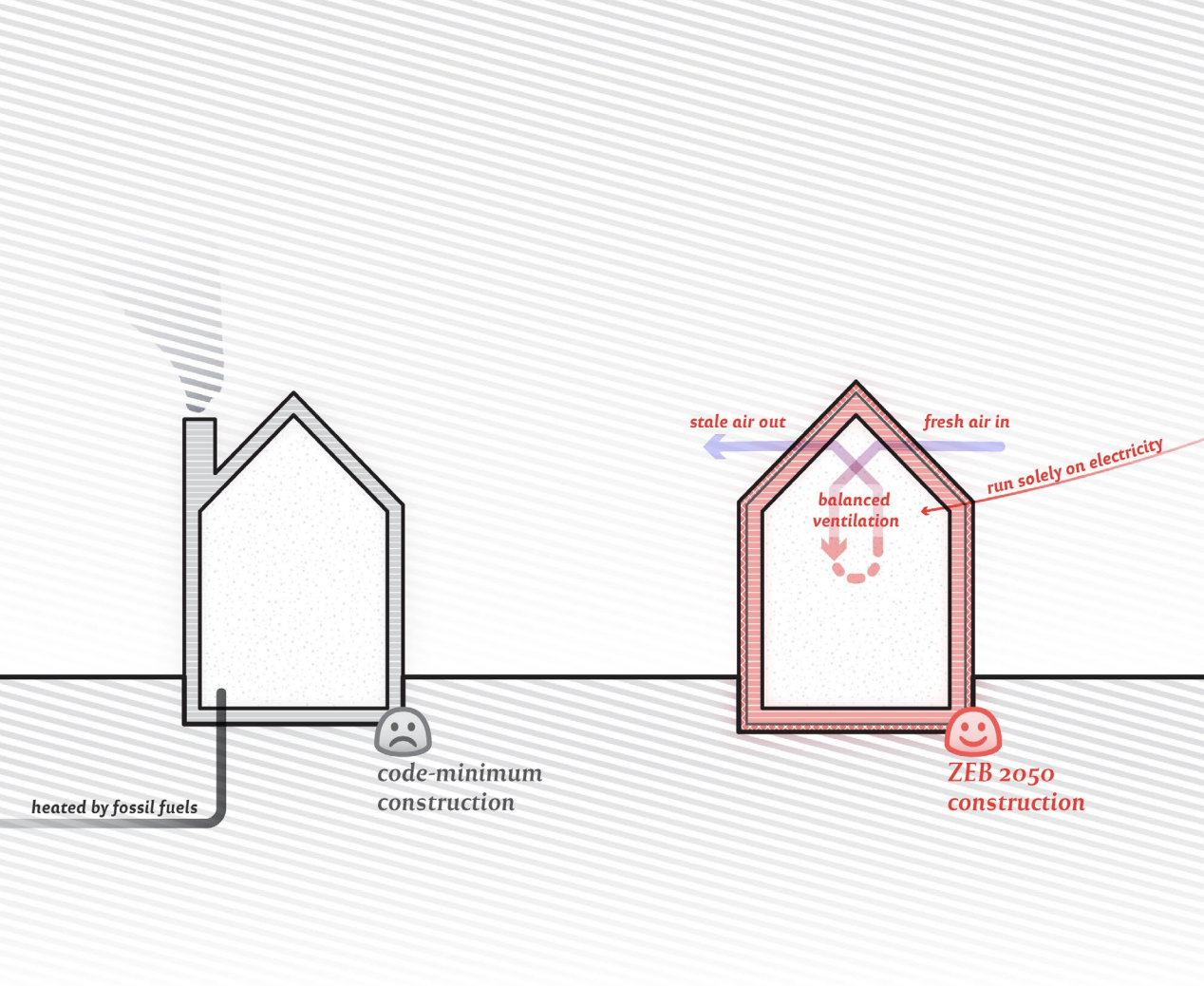
Zero Emissions Vehicle Roadmap (2020)


Boston has a goal of becoming carbon neutral by 2050. Buildings and transportation make up nearly 99 percent of Boston’s carbon emissions. In 2023, the Mayor signed an Executive Order banning fossil fuels in new city-owned buildings. This executive order complements our Building Emissions Reduction and Disclosure Ordinance (BERDO), which sets emissions standards for large existing buildings, requiring all covered buildings, including municipal buildings, to achieve net-zero emissions by 2050.
We’re also focusing efforts in transportation by implementing our Go Boston 2030 plan and supporting the adoption of zero-emission vehicles. We have already procured 20 electric school buses for Boston Public Schools, and will begin installing public curbside EV charging stations Spring 2024. While supporting the shift to electric vehicles, we also focus our efforts on modeshift, including: the expansion of Bluebikes, our public transportation by bike with more than 4,000 bikes and 400 stations, as well as making improvements to local and regional transportation systems to promote the use of public transit.
The 2019 Climate Action Plan Update is Boston’s roadmap to reach citywide carbon neutrality goals. The plan includes action steps to achieve zero net energy and zero net carbon buildings through deep energy retrofits and electrification, emphasizing equity and stakeholder engagement.

